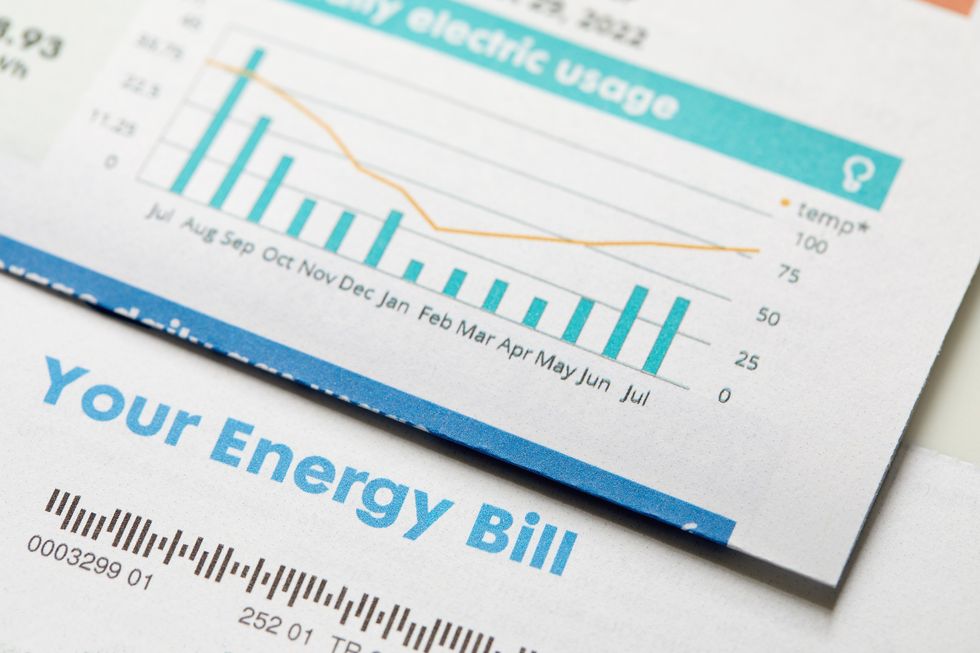Ofgem’s energy price cap is now projected to fall in January 2025 in a win for consumers during the ongoing cost of living crisis.
Cornwall Insights has published a new forecast for the cap, which limits how much suppliers can charge for each unit of energy and standing charge, ahead of tomorrow’s hike to the threshold.
On October 1, the energy price cap will go up by 10 per cent to an average of £1,717 a year for the final three months of 2024.
This will result in households with average usage paying more towards their energy bills at a time when vital support, such as the Winter Fuel Payment, is being withdrawn from millions.
However, new projections indicate there will be a one per cent drop in January 2025 to a yearly cap of £1,697 for a typical gas and electricity customer.
This comes following the EU meeting its gas storage targets ahead of the winter months, a strong global LNG supply outlook and improved confidence within the energy sector.
Do you have a money story you’d like to share? Get in touch by emailing [email protected].
 Ofgem’s energy price cap hike is a blow to millions of householdsGETTY
Ofgem’s energy price cap hike is a blow to millions of householdsGETTY On top of this, energy prices are predicted to go do even further, albeit slightly, in the second and third quarters of next year.
This comes as much-needed relief for households who have been forced to contend with record-high costs in recent years.
Despite this assessment from Cornwall Insights, energy bills in the UK continue to be hundreds of pounds above historic averages.
According to the firm, there have been renewed calls for potential reform and possible removal of the cap as it “obscures deeper issues” with the energy market.
In its role as a regulator, Ofgem is carrying out a review of the energy price cap as part of its assessment of consumer protection measures.
Dr Craig Lowrey, the principal consultant at Cornwall Insight, noted that tomorrow’s price cap increase will not be reflective of its trajectory over the next six to nine months.
He explained: “While households will have to endure a rise in the cap from October, our current forecasts show that this is a temporary blip.
“January to March, typically some of the coldest months of the year, often bring with them the biggest energy bills, and – while our latest forecast is welcome news – it remains subject to the volatile wholesale gas and electricity markets.”
LATEST DEVELOPMENTS:
 The cost of living crisis has pushed energy bills to new heights in recent years GETTY
The cost of living crisis has pushed energy bills to new heights in recent years GETTY
“There remain a further six weeks or so for the wholesale market to influence our forecasts, and while the negligible quarter-on-quarter drop is welcome, it must be remembered that bills will still remain hundreds of pounds above historic levels,” Dr Lowrey added.
“While there is hope that a renewed focus on building a sustainable domestic energy supply that could eventually lower bills as we reduce reliance on volatile imports, these benefits will take time to materialise.
“Meanwhile, many people are facing financial difficulties right now.
“It’s important the government and other stakeholders look at actions they can take to shield vulnerable consumers whether this be targeted direct support, or changes to the bill system through additions such as social tariffs. Not everybody can wait for renewable energy savings to kick in.”